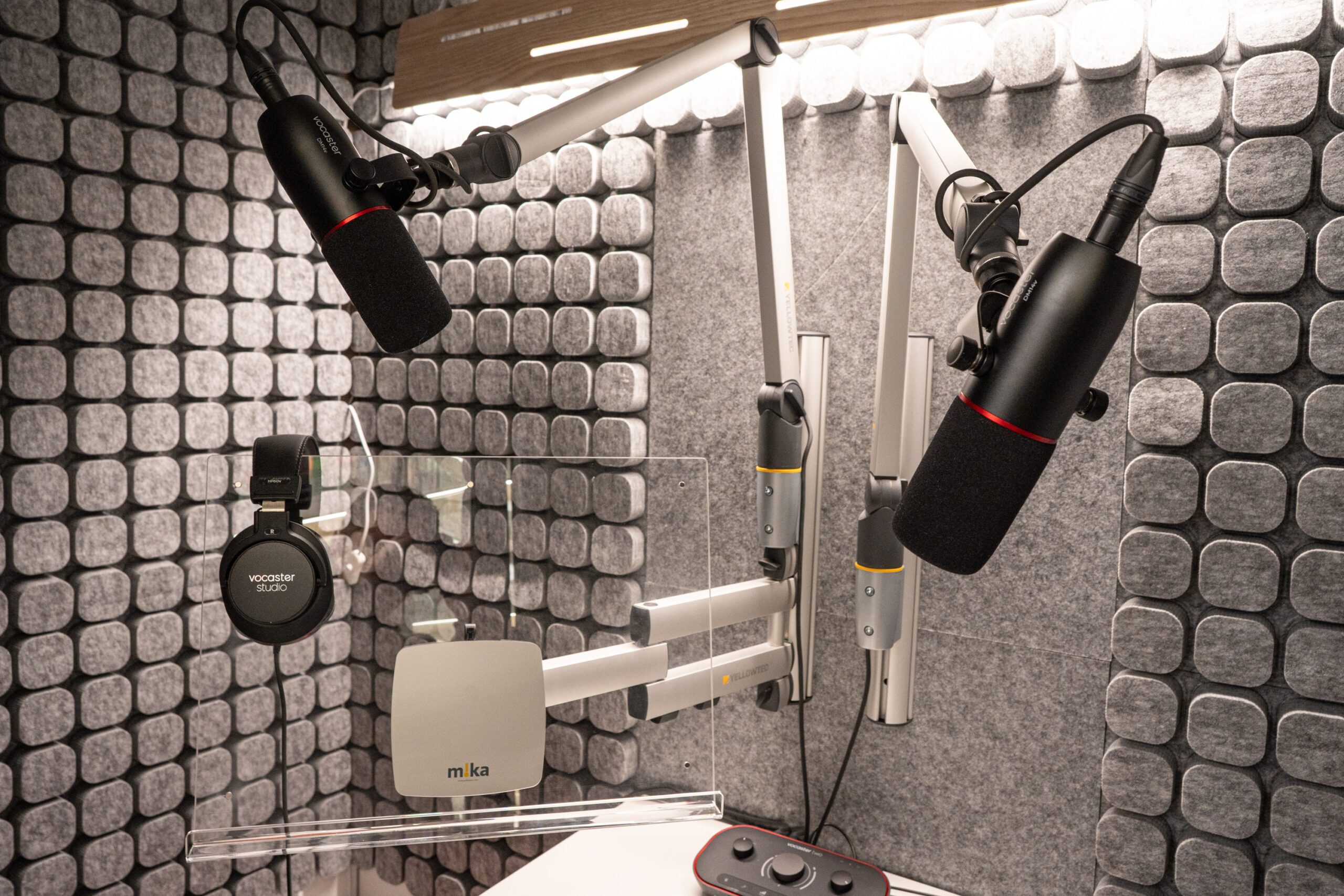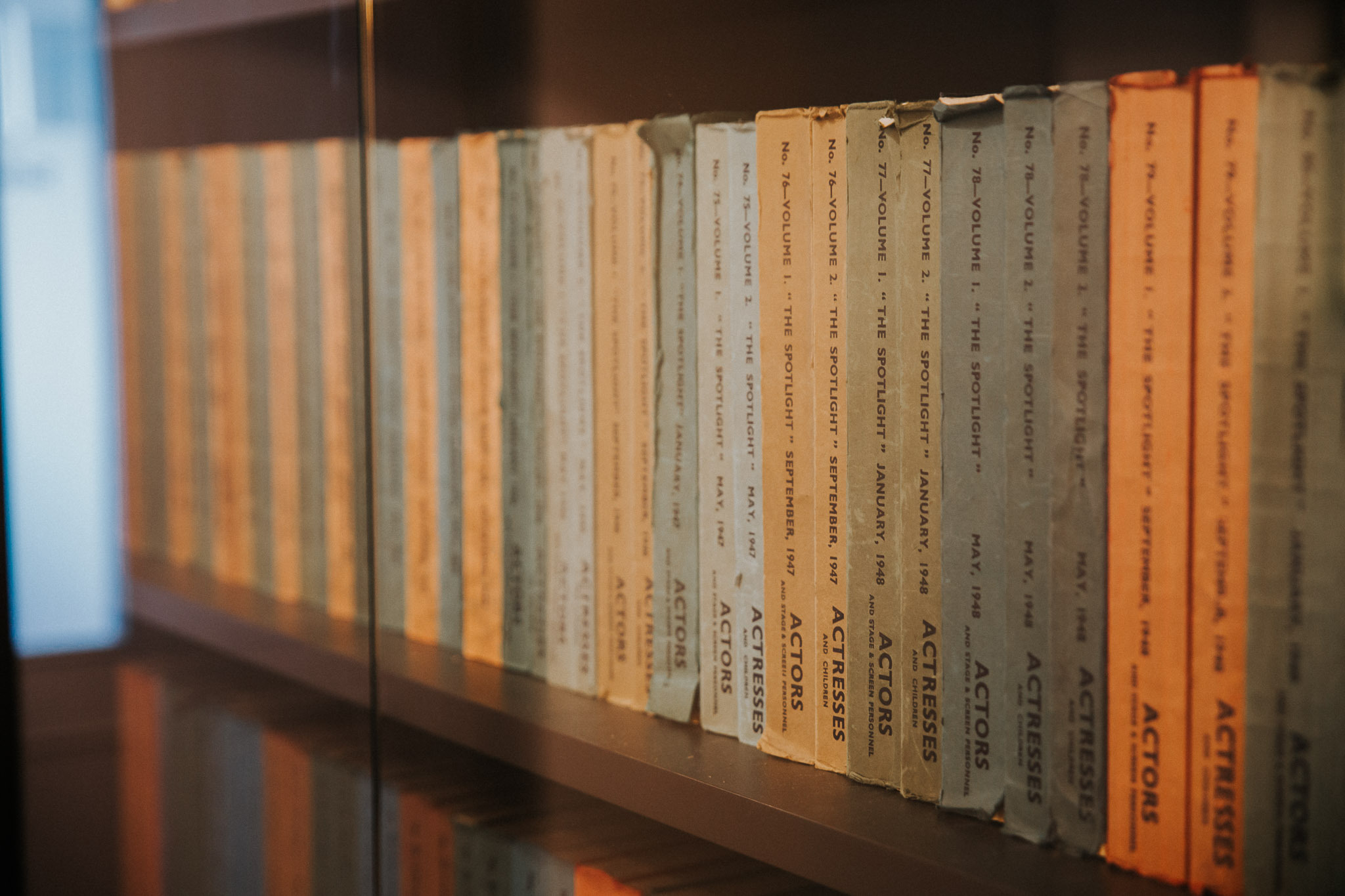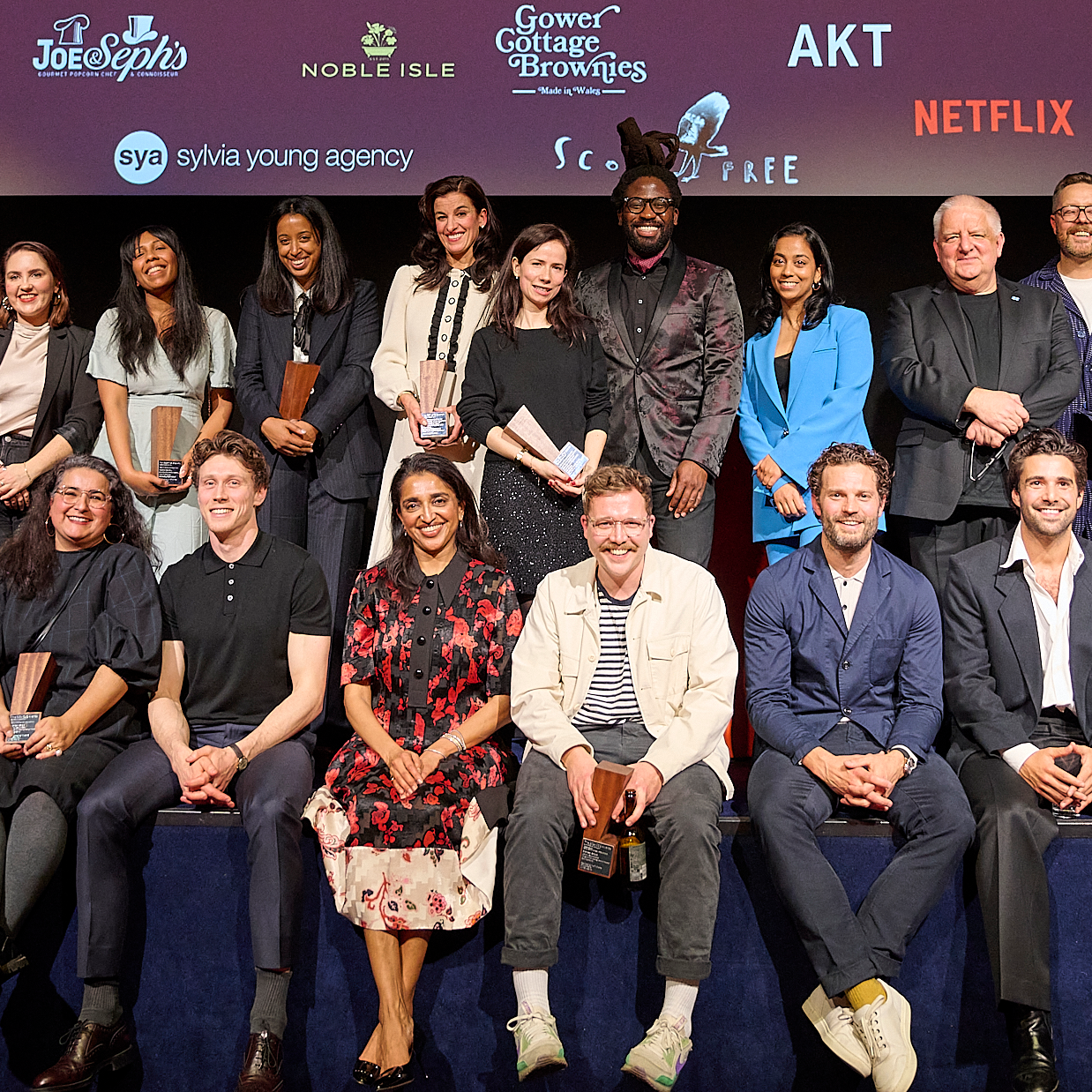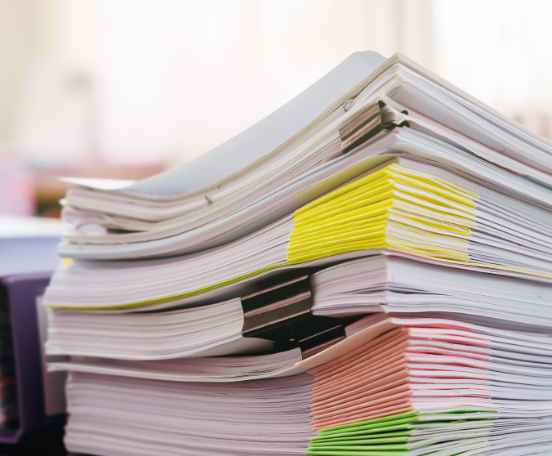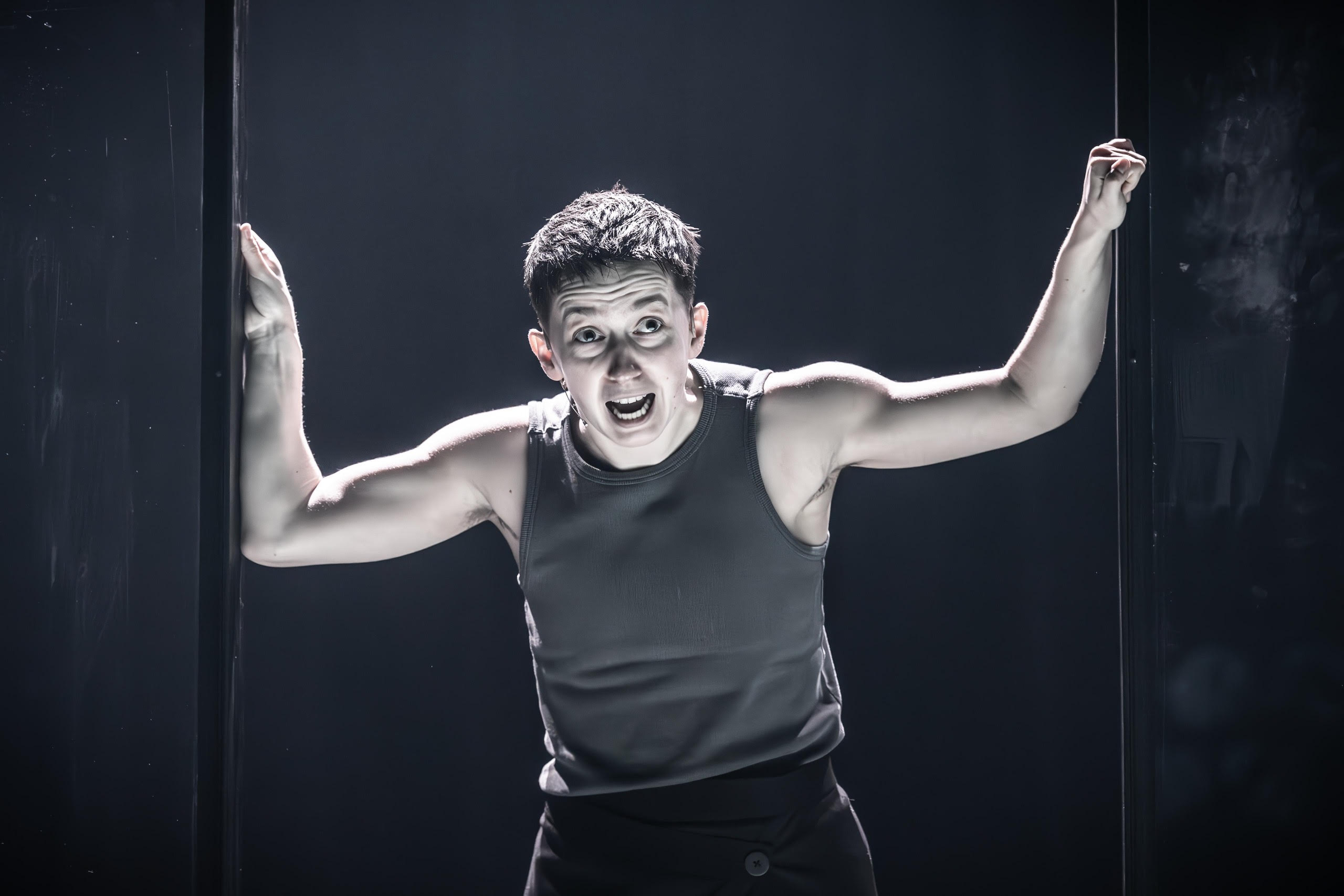Whether you’re an editor trying to get the latest scoop on the hottest new director or comedian, a writer keen to see your work performed for the first time or an actor deeply immersed in your role, August sees thousands flock to Edinburgh on the hunt for stories that will shape their summer, and that could shape their lives. There are hundreds of stories people are bursting to tell, and that are desperate to be told. If you’re meticulously crafting your show, or endlessly reciting your flyering pitch, being able to tell a good story is essential – if you can’t weave a yarn, you haven’t got a chance. Whilst being aware of the multitude of narratives at play during the festival, I’m going to focus on a practical approach to storytelling and dramaturgy that we have adopted in the creation of our work so far.

Our dramaturgical approach all starts with a playlist. Before pen touches paper and before half-grasped glimpses of ideas are articulated in phone conversations, music informs and is reflective of the way we construct a narrative and tell a story. One of my favourite quotes is by Hans Christian Andersen – “where words fail, music speaks” – and we recognise that finding the right music can dictate the quality of a show to a tremendous extent. Some of the best ideas we have are suddenly realised when we find a track that fits and embodies the atmosphere and intensity we’re looking for.
The music we find can be seen to structure our narratives in obvious ways, with songs we find making their way into our shows, but I think this attitude is representative of how we try to take a holistic approach to finding inspiration and influence. Whatever we can get our hands on, from film to text to images, we absorb like greedy theatrical sponges.
Our company logo is a great (if admittedly unconscious) example of this: I had an incredibly clear idea of what I wanted it to be, and gave Phoebe, one of our performers and a brilliant artist, a brief for how it should look early last year. It was only when scrolling through old photos on my laptop months later that I found a picture of some graffiti I saw outside the Vault Festival in early 2016 that had clearly stuck in my mind. Keeping a record of what you find inspiring is a massive cliché but is an endlessly fruitful endeavour.
Back to stories though. Despite its (deserved) reputation for being an incredibly diverse hub of creativity where anything is possible, and where every one of the 10 shows you might see in a day can be utterly different from each other, there is quite a set structure for a show at the festival. Most shows only last an hour, and with lightning-fast get-in/get-outs (most venues fine a show that is consistently overrunning), you are left with a strict framework for performance. Your challenge then is about making sure you can cram everything into your allocated time slot: if you wait until you’re in the rehearsal room to think about how you’re going to structure your show, you’re going to be in a sticky situation. After music, then, comes the next stage: story-boarding.
We start this process months in advance of rehearsals; before we’ve got a script, we work out our dramatic narrative structure. Rather than sketch an image of each scene like you see in the special features of a Pixar DVD, Hamish and I break down where we want to be in the arc of the story, and how we want people to feel at different points within the hour. From there, we break down each potential scene the narrative can contain. With Woyzeck we were considering every scene in different translations and adaptations, and in Our Man in Havana we analysed each chapter of the novel. Having done this, we chop and change and work out what narrative we want to tell; rather than look at the picture on the box, we’re trying to make a new image from the same pieces of the puzzle. By structuring our productions in advance, we are able to plan text-free physical sequences and how they might be used to tell the story, without being already beholden to a script.
In placing physical set-pieces at deliberate points in the narrative we try to both showcase our abilities and interests as a company, but also try to make the stories we tell personal to us and feel new. For example, when in workshops for Woyzeck over Easter, we identified that we wanted to ensure the central relationship between Woyzeck and Marie was something the audience cared about, as in previous productions we have seen, their relationship is only seen in a state of disrepair. We felt we could achieve this by showing they had a connection as a couple, and that they were once compatible, and this could serve to heighten the tragedy later on. Rather than write a new scene, Hamish and I went through our playlist we had begun months ago, and the next day we devised a new sequence where we suddenly transport the action to the dawn of their relationship with a touch shared between the couple. The potential to reinvent and reinterpret stories is often what draws us to them in the first place, as we also want to be excited about what we make!
Whilst incredibly helpful, we treat these storyboards as a framework, and nothing more. As such, much like our approach to marketing and press, our narrative is constantly evolving, as we don’t know how each scene will turn out when we originally place it in the show. It’s only when running sections together that you can truly get a sense of pace and narrative ebb and flow, so we’re not afraid to relocate certain scenes and sections if needs be. We try to physically represent the storyboard in the rehearsal room somehow, be it on a whiteboard or pieces of paper, so we can physically map and track how the story could change and how it might feel if we reordered sections and sequences.

The most important question I always return to in the rehearsal room is whether I like it. I think it’s dangerous to set out to try and please other people and, in a way, despite the competitiveness of the Royal Mile, Edinburgh is incredibly forgiving – if there’s a show for every audience, there’s an audience for every show. My intention is therefore always humble, as I try to tell stories that I find interesting in a way that I enjoy watching. As a company we all feel the same way. We take a very collaborative approach in the rehearsal room and ensure that everyone has a say in what we are doing.
By challenging and provoking each other we acknowledge and respond to the fact that everyone’s personal story, and their interpretation of the story we are trying to tell is different. Collaboration and communication mean we are never blinded by narrow intentions and are constantly justifying the decisions we make. I believe that this democratic approach ensures the stories we tell belong to all of us, and you can see the influence and passion of each and every one of us in everything we do onstage. If you ever see our shows I hope you would agree!
Ollie Norton-Smith is a 20-year old Writer/Director and is the Artistic Director of Spies Like Us Theatre. He is currently studying English Literature and Drama at the University of Manchester. He directed and co-wrote Spies Like Us’ debut production Our Man in Havana, and is currently working on their new project, Woyzeck. Having won Theatre Weekly’s ‘Best Fringe Debut’ award last summer, they hope to go on to more success at the Edinburgh Festival Fringe 2018.
Get tickets for Our Man in Havana and Woyzeck online. Say hello, ask questions or keep up to date with Spies Like Us on Facebook and Twitter.
Image credits: Ollie Norton-Smith







